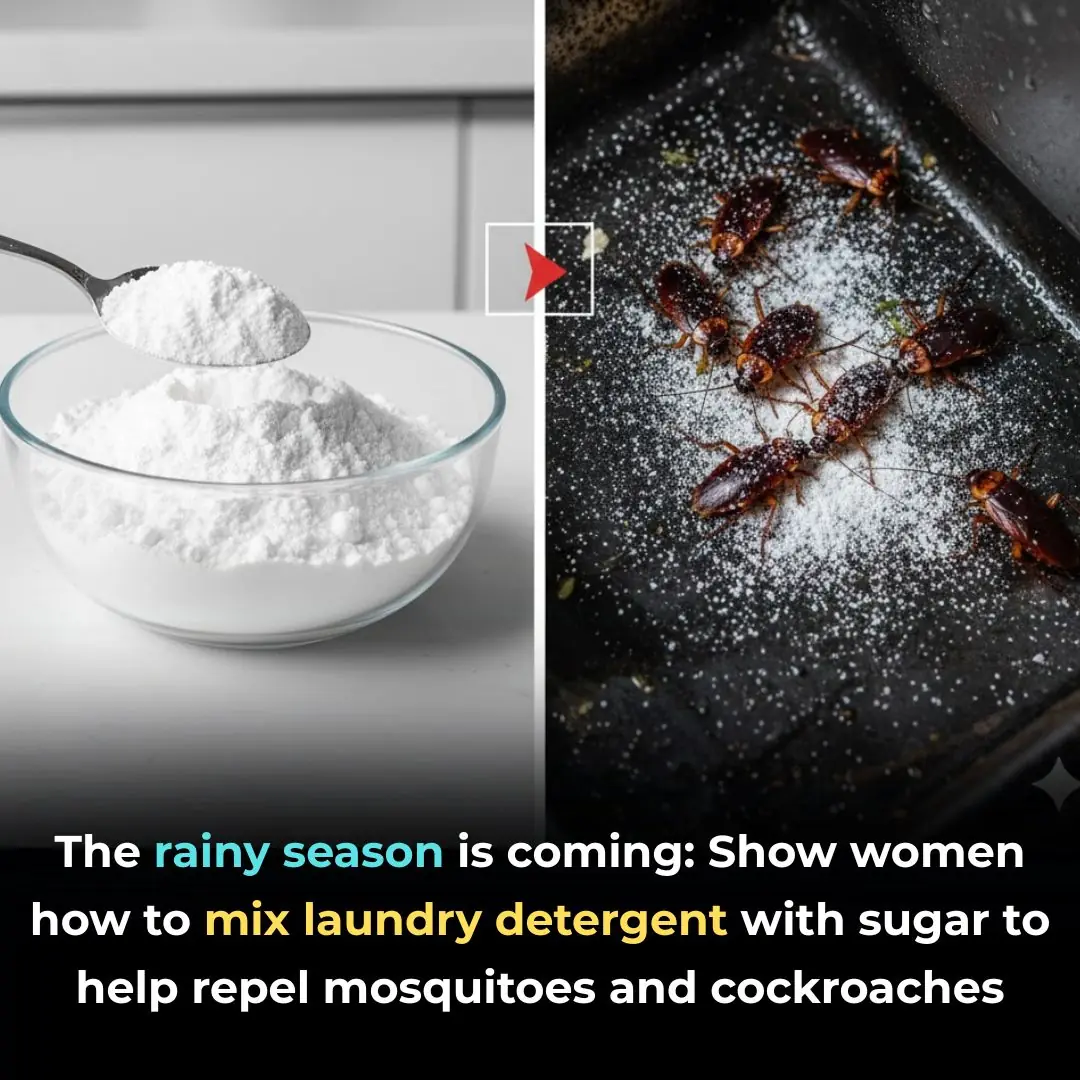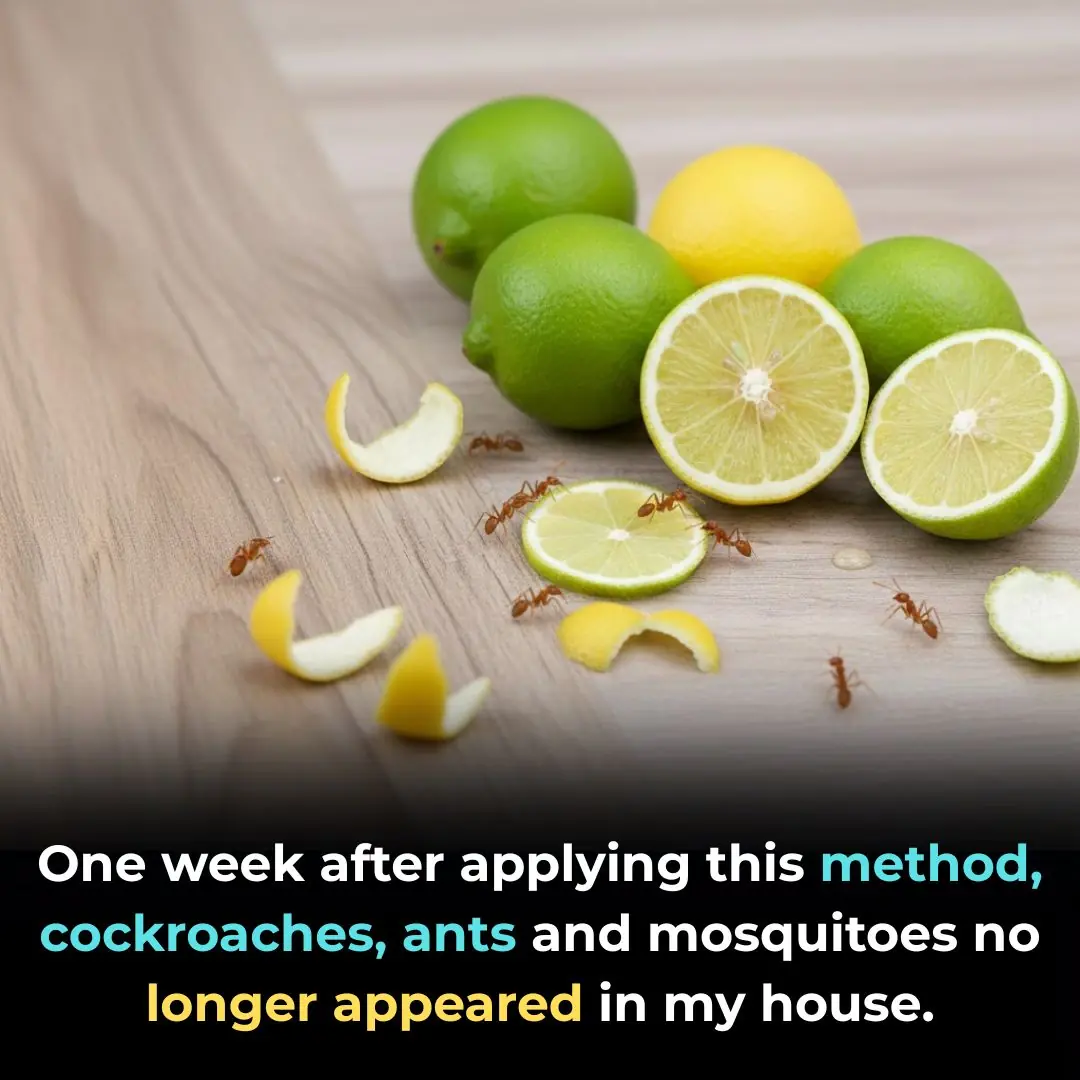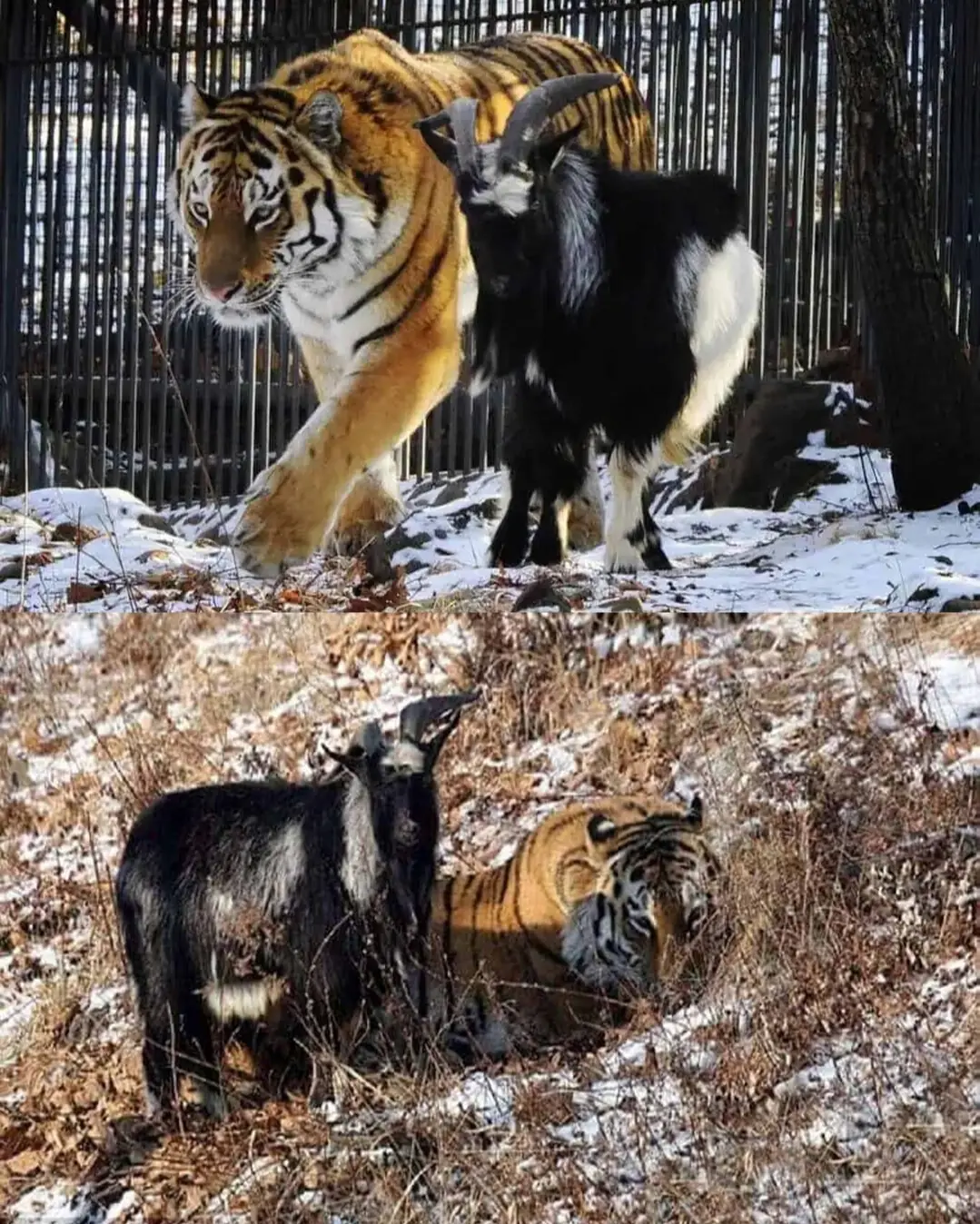
Here is what this little hole on the ear mean
When we talk about rare physical traits, most of us imagine dramatic differences—like heterochromia (two different eye colors) or polydactyly (extra fingers or toes). But sometimes, the rarest features are so subtle, we might not even notice them.
One such trait? A small, mysterious hole near the top of the ear.
🔍 What Is It?
That tiny dimple or opening just in front of your ear is called a preauricular sinus—also known as a preauricular pit or fistula. At first glance, it might look like:
-
A faint birthmark
-
A healed piercing
-
Or simply… nothing at all
But in fact, it's a congenital trait, meaning you're born with it.
👶 How Does It Form?
The preauricular sinus develops during the sixth week of fetal growth. At this stage, parts of the outer ear are forming and fusing together. If the process doesn’t complete perfectly, a small pit can remain.
-
It’s often hereditary
-
Can appear on one or both ears (both sides is even rarer)
🧬 Is It Dangerous?
Most people with this feature never have issues and go their whole lives without even knowing what it is. It’s typically:
-
Harmless
-
Not painful
-
Just… a quirky anatomical footnote!
However, in rare cases, the sinus can become infected, leading to:
-
Redness
-
Swelling
-
Pain or drainage
🩺 These infections are usually treated with antibiotics, but if they’re chronic, a minor surgical procedure may be needed to remove the sinus entirely.
🌊 Ancient Origins?
Here's where things get even more interesting…
Evolutionary biologist Neil Shubin (author of Your Inner Fish) has speculated that preauricular sinuses may be an evolutionary leftover from ancient fish gills.
While this theory is still unproven, it opens up fascinating discussions about how tiny features in our bodies may be remnants of our distant past.
🧠 A Curious Reminder
So, if you—or someone you know—has that little ear pit, don’t worry. It’s not a sign of illness or a piercing gone wrong. It’s simply a rare and interesting variation in human development.
A small detail… with a big backstory.
🌟 Quick Facts:
-
✅ Present in less than 1% of the U.S. population (more common in parts of Asia & Africa)
-
🧬 Often runs in families
-
🩹 Usually harmless, but can become infected
-
🤔 Possibly linked to our evolutionary past
News in the same category


Drinking coffee adds one more thing: No worries about discolored teeth or bad breath

Pig skin that many people throw away unexpectedly has such wonderful uses

American doctor shows how to remove pesticides and dirt from fruits, just a few steps to reduce illness for the family

5 mistakes when drinking coffee that are harmful to your health: Especially the second type, quit immediately before it's too late

I was today years old when I found out why coins have ridges on the edges!

Why You Should Never Pour Hot Water Into The Sink

The rainy season is coming: Show women how to mix laundry detergent with sugar to help repel mosquitoes and cockroaches

How to make bean sprouts from plastic bottles quickly and simply, you can eat them in 3 days

Unexpectedly reduce electricity bill with the trick of putting tissue paper in the refrigerator – Anyone can do it

Super cheap, super clean drain cleaning tips using only ingredients in the kitchen without needing a plumber

One week after applying this method, cockroaches, ants and mosquitoes no longer appeared in my house.

Just look at this point on the crab shell, 100% meat is enough to fill your teeth, husband and children praise it endlessly

No Matter How Dirty You Are, Absolutely AVOID These 7 “Dangerous Hours” When Washing Your Hair to Prevent Stroke, Sudden Illness, or Hospitalization Without Warning

3 Common Mistakes When Using Plastic Wrap That Can Cause Cancer and Are Often Made by Many People

What Do Vertical Nail Ridges Mean After 40

What Your Favorite Ice Cream Flavor Says About You

Eggplant The King of Vegetables
News Post

Your pancreas could be ‘silently inflamed’ right now and you’d never know until it’s too late

A Teen’s Dive Into Darkness.

The Tiger and the Goat: A Friendship That Defied Nature.

A Pack of Diapers, A Lesson in Love.

The Price of Courage: The Story of Viola Liuzzo, the Mother Who Died for Freedom.

Love Without Age: An Elderly Woman’s Journey to Her Perfect Companion

A Teen’s Compassion Restored the Smile of a Broken Boy

The Day a Mother Refused to Let Go — Nicole and Astro’s Fight Against the Tide.

Farewell to “Big Red”: A Police Dog Who Served With Courage and Retired With Love

“I Became Aware” — The Journey of a Young Man Who Refused to Be Defined by His Circumstances.

Carson’s Fight: A Four-Year-Old With a New Heart and Unshakable Faith

A Mother’s Love Without Borders.

A Stranger’s Gift: How One Small Act of Kindness Changed a Family’s Night

The Man on the Barn Roof: A Quiet Story of Loyalty, Work, and Grace.

Back on the Bench: An 85-Year-Old Man’s Remarkable Return to His Park and His Pups

Through a Dog’s Eyes: The Unconditional Love We Rarely Stop to See

Papa’s Soft Side: Bruce Pearl’s Greatest Legacy Isn’t on the Court

Raja the “Tax Collector”: Sri Lanka’s Gentle Giant Who Stops Cars for Snacks.

One Year of Courage: Branson’s Brave Battle.
